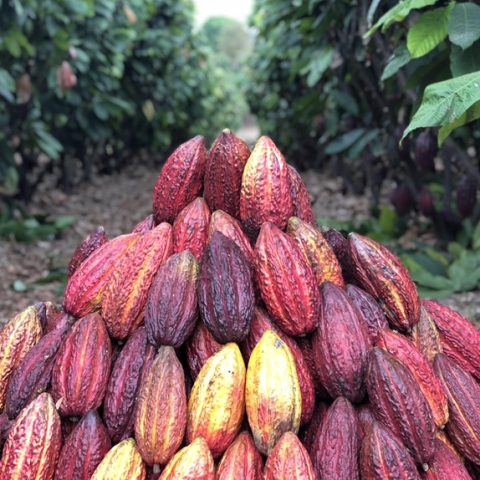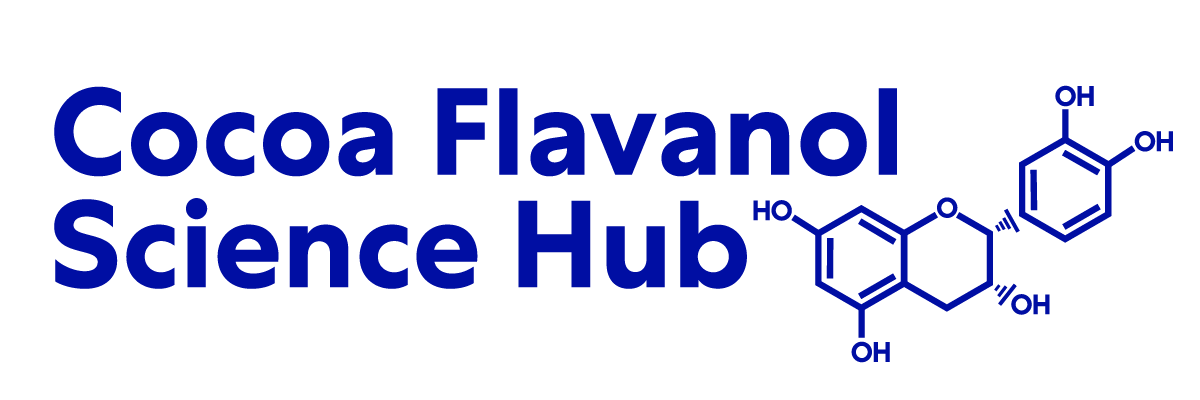New research shows theobromine can increase absorption of cocoa flavanols

We know that food processing techniques, cooking and even storage conditions can have a great impact on the content of flavanols in food and, thus, on the beneficial effects that can be expected when consuming these foods. In a recent study, we investigated another important aspect that can modulate flavanols effect: the interaction between flavanols and other compounds in the diet.
Given the importance and wide distribution of caffeine and theobromine – which belong to a group of naturally-occurring agents called methylxanthines – in the diet, we sought to further explore the interaction of flavanols with these particular compounds.
Our team’s research paper, Flavan-3-ol-methylxanthine interactions: Modulation of flavan-3-ol bioavailability in volunteers with a functional colon and an ileostomy, was published in February 2023 in Free Radical Biology and Medicine. This study investigated the impact of methylxanthines’ on absorption of flavanols in people with a functional colon, as well as people who had an ileostomy for medical reasons independent of the study. An ileostomy is a surgically created opening in the abdomen in which a piece of the ileum (lowest part of the small intestine) is brought outside the abdominal wall to create a stoma through which digested food passes into an external pouching system. By analyzing the digested food collected in the pouching system, we can gain a deeper understanding of the mechanisms modulating flavanol absorption and metabolism in the body.
While previous works showed that methylxanthines can modulate the effect of flavanols in humans by changing the absorption of these compounds, our work investigated whether specific methylxanthines, theobromine (contained in cocoa) and caffeine (contained in tea), are responsible for that effect.
The study found that theobromine – but not caffeine – increased absorption of the naturally-occurring flavanols found in cocoa and tea. This shows that not all methylxanthines interact with flavanols in the same manner, which is important for recognizing differences in the various sources of flavanols in the diet and also for dietary recommendations.
This study is a follow up of the work published by Sansone in 2016 and highlights our collaborations with researchers across the globe, specifically UC Davis, U.S, and Ulster University in Northern Ireland, U.K.
Ultimately, exploring flavanol interactions with dietary compounds and other bioactives and nutrients is key to a better understanding of the potential impact on efficacy and safety of flavanols. We hope this work will help in the design of foods so they can harness all the potential of flavanols as healthy compounds and to better guide consumers to identify the best sources of flavanols in the diet.




